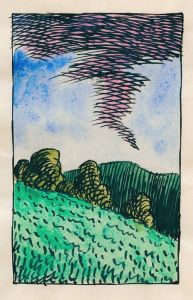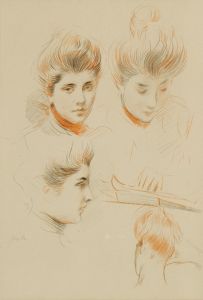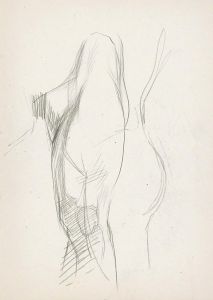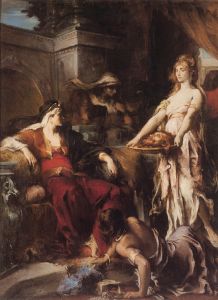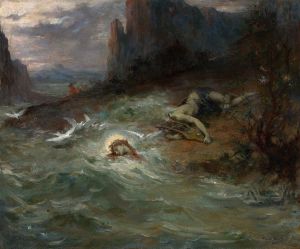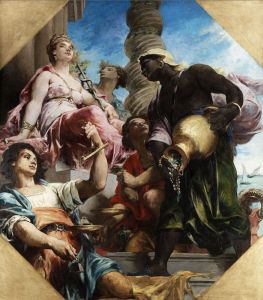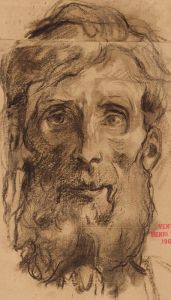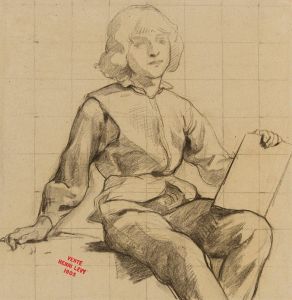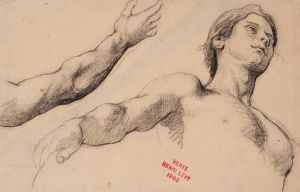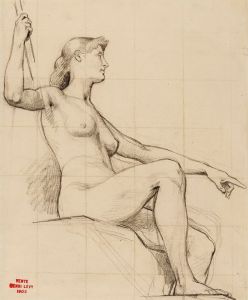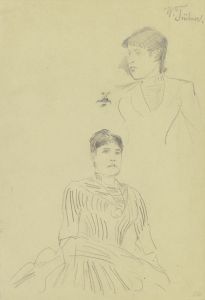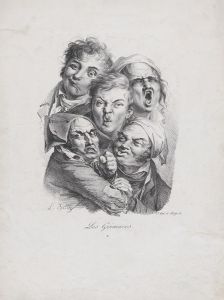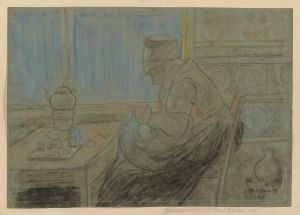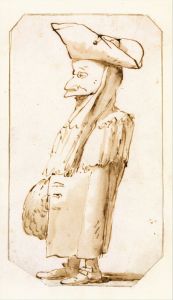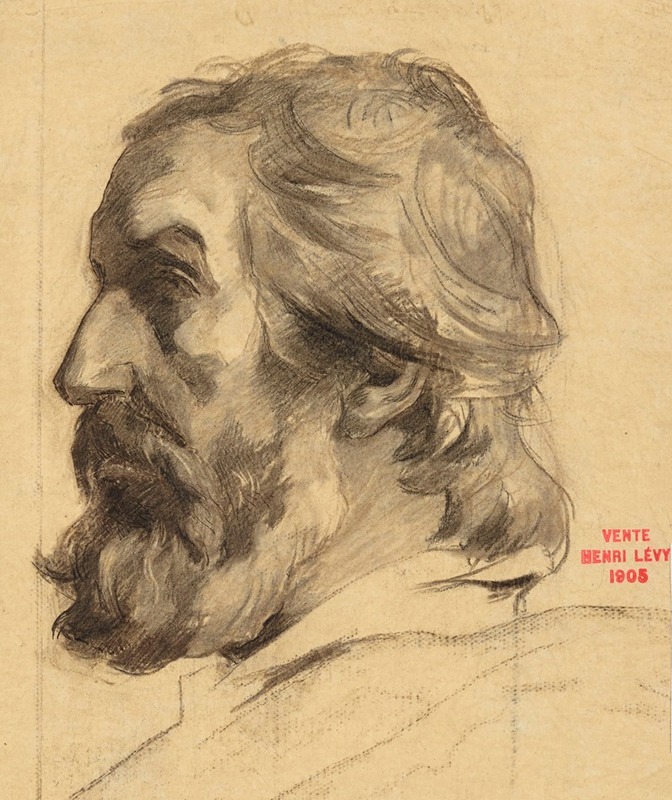
Etude de tête d’homme de profil
A hand-painted replica of Henri Leopold Lévy’s masterpiece Etude de tête d’homme de profil, meticulously crafted by professional artists to capture the true essence of the original. Each piece is created with museum-quality canvas and rare mineral pigments, carefully painted by experienced artists with delicate brushstrokes and rich, layered colors to perfectly recreate the texture of the original artwork. Unlike machine-printed reproductions, this hand-painted version brings the painting to life, infused with the artist’s emotions and skill in every stroke. Whether for personal collection or home decoration, it instantly elevates the artistic atmosphere of any space.
Henri Leopold Lévy was a French painter known for his works in the academic style, often focusing on historical and religious themes. One of his notable works is "Etude de tête d’homme de profil," which translates to "Study of a Man's Head in Profile." This painting exemplifies Lévy's skill in capturing the human form and expression with precision and depth.
Lévy was born in 1840 in Nancy, France, and studied at the École des Beaux-Arts in Paris, where he was a pupil of François-Édouard Picot and Alexandre Cabanel. His training under these prominent artists of the time is evident in his meticulous attention to detail and his ability to convey emotion through his subjects. Lévy's works often reflect the influence of the Romantic and Neoclassical movements, characterized by their dramatic use of light and shadow and their focus on idealized beauty.
"Etude de tête d’homme de profil" is a study piece, which means it was likely created as part of Lévy's practice in mastering the human anatomy and expression. Such studies were common among artists of the 19th century, serving both as exercises in technique and as preparatory works for larger compositions. In this particular study, Lévy focuses on the profile of a man's head, capturing the nuances of his features with a keen eye for detail. The painting demonstrates Lévy's proficiency in rendering the human form with anatomical accuracy while also imbuing the subject with a sense of character and presence.
The use of light in "Etude de tête d’homme de profil" is particularly noteworthy. Lévy employs chiaroscuro, a technique that contrasts light and dark to create a sense of volume and three-dimensionality. This approach not only highlights the contours of the man's face but also adds a dramatic quality to the piece, drawing the viewer's attention to the subject's expression and the subtle play of light across his features.
Lévy's work was well-received during his lifetime, and he exhibited regularly at the Paris Salon, the official art exhibition of the Académie des Beaux-Arts. His paintings were appreciated for their technical skill and their ability to convey complex themes with clarity and emotional depth. Although "Etude de tête d’homme de profil" is a study, it reflects the qualities that made Lévy a respected figure in the art world of his time.
Today, Henri Leopold Lévy's works are part of various public and private collections, and they continue to be studied and appreciated for their contribution to the academic art tradition. "Etude de tête d’homme de profil" stands as a testament to Lévy's dedication to his craft and his ability to capture the essence of his subjects with both precision and artistry.





